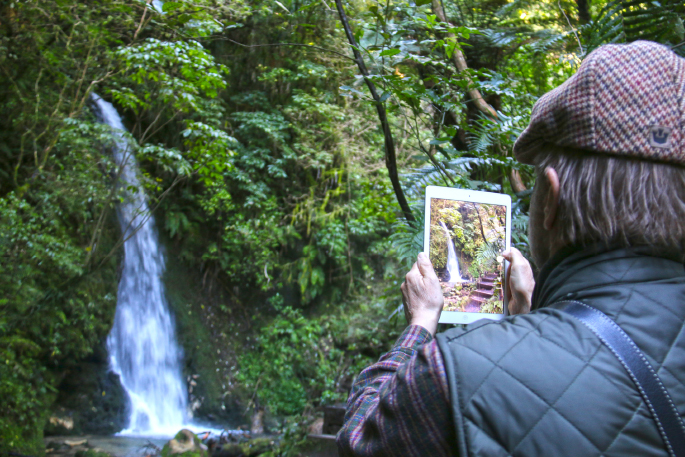Sport NZ is encouraging New Zealanders to take full advantage of daylight savings by getting outdoors and being physically active.
This call follows research conducted by Sport NZ before, during and after Level 4 lockdown which shows the impact COVID-19 has had on levels of physical activity.
During June, adults spent an average of 4.52 hours per week being physically active. That was down on 5.40 hours for a normal June (2017-19) and lower than the 5.61 hours during April when New Zealand was in Level 4 lockdown.
Tamariki and rangatahi – children and youth - aged five to 17 averaged 8.20 hours per week in June, which was up slightly from 8.14 hours in April but much lower than 9.70 hours in a normal June.
The June to June comparisons represent a drop of 53 minutes per week for adults and 90 minutes per week for tamariki and rangatahi, which makes daylight savings an ideal time to turn things around, according to Sport NZ GM of Community Sport, Geoff Barry.
'It's clear COVID-19 has disrupted people's habits when it comes to being physically active and that's something we need to learn from with the prospect of moving up and down in alert levels, particularly the restrictions recently experienced in Auckland.
'During Level 4 lockdown, adults turned to simple activities like walking, running and cycling to raise their activity levels. That serves as a reminder of how simple being active can be. If sports and events are cancelled, or there are restrictions on gyms and studios, there are still a host of enjoyable and accessible ways to remain physically active, and daylight savings is the ideal time of the year to get outside and get into them.”
While adult activity levels rose during Level 4, those of children and youth were disrupted through the absence of PE and organised sport, as well as being isolated from their friends.
Come June, activity levels of both groups were then down on a normal June, with Sport NZ research identifying the key barriers to participation.
'One in five adults are telling us that being out of the habit is preventing them from being active. That's not a result we'd normally see and suggests the extent to which the impacts of COVID-19 have disrupted people's routine.
'Lack of energy (26 per cent) and motivation (22 per cent) are two of the top barriers for young people, and both are higher than in a normal June. Again, this suggests a lingering effect of COVID-19 on physically activity.”
'We believe the secret to breaking down these barriers is to draw motivation from getting back into the habit of being active, and to do this in new and simple ways if your favourite activities are not available. The arrival of daylight savings is the perfect time to do this. We have an extra hour – let's make it count."



0 comments
Leave a Comment
You must be logged in to make a comment.